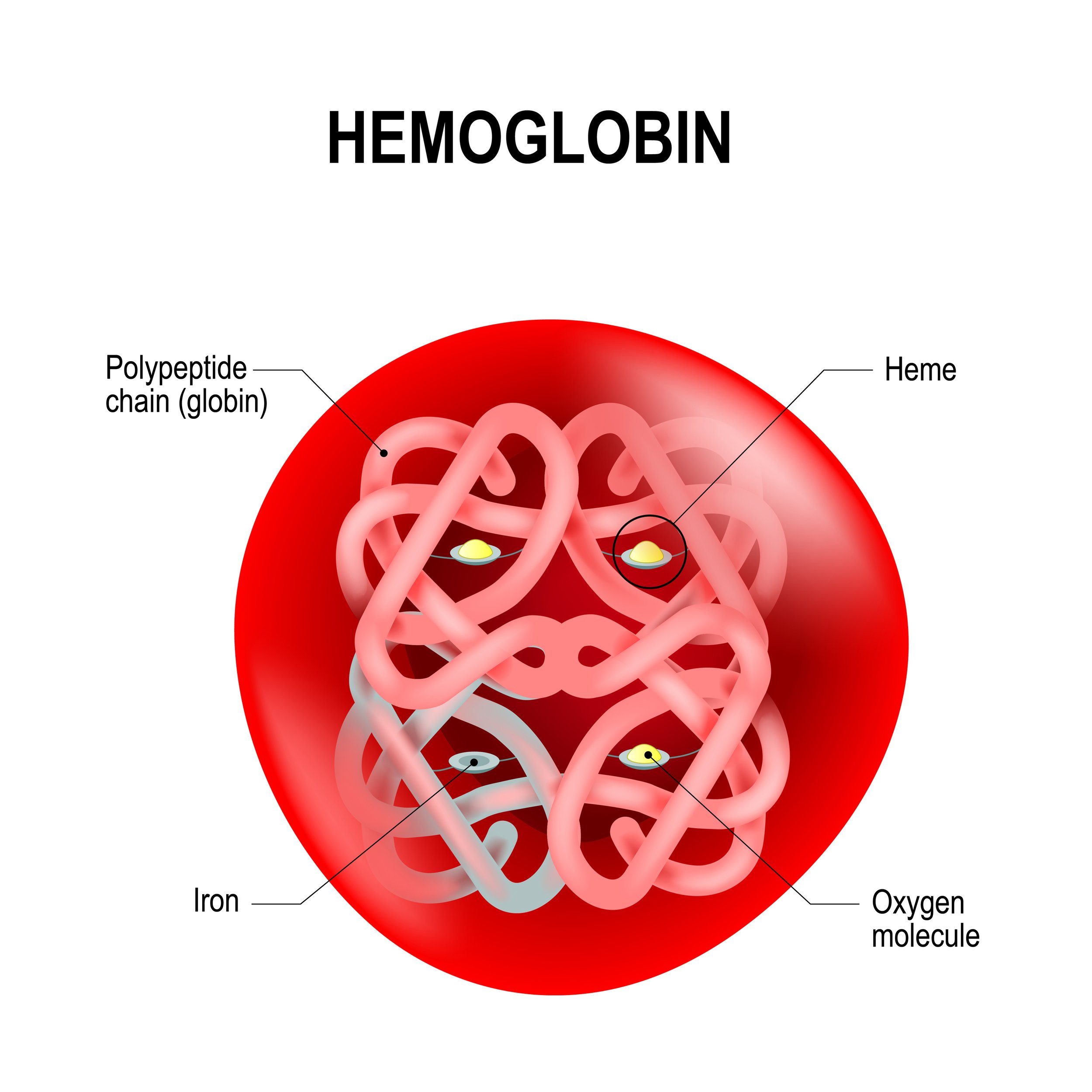In Origami, 2-D pieces of paper can be folded into 3-D masterpieces.
A protein is a linear sequence of amino acids linked together through peptide bonds. Proteins differ in the sequence of the twenty different amino acids that our cells assemble, and in their length. However, to function properly, the 1-D protein has to be correctly folded into a 3-D structure.
Hemoglobin (below) is the oxygen-carrying protein in our bloodstream, but it cannot carry oxygen unless its linear structure is folded properly. When a protein misfolds, it becomes toxic. Unlike other cells in the body, neurons cannot dilute the toxin by rapidly dividing. Misfolded proteins clog up transportation systems in neurons and cause them to die.
Each of the progressive neurodegenerative diseases is characterized by different proteins which misfold. Our strategy in developing new therapies for ALS, Alzheimer’s, and Parkinson’s is to find drugs that stop protein misfolding. We discovered that the amino acid L-serine helps to prevent protein misfolds.


